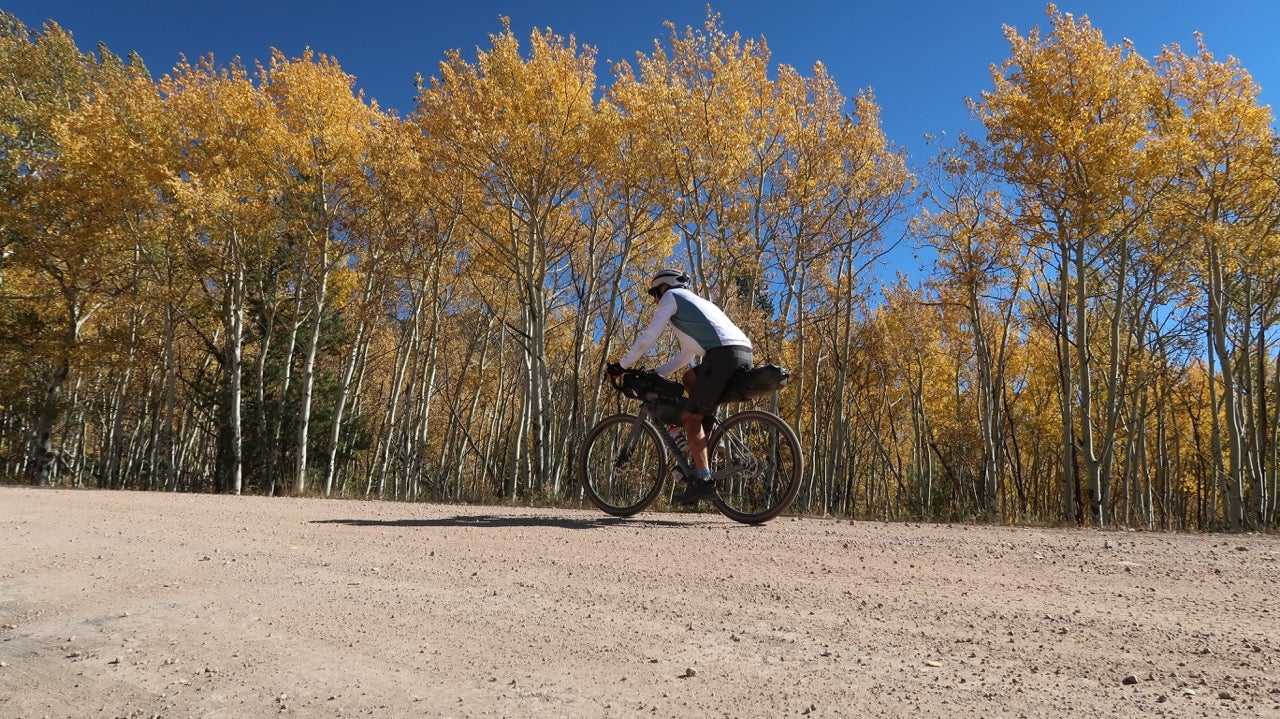
Our Editors independently research, test, and rate what we feel are the best products. We use affiliate links and may receive a small commission on purchases.
Gravel cycling has become increasingly popular in recent years, as more and more cyclists seek to escape the traffic and monotony of paved roads. Gravel roads provide an opportunity to explore off-the-beaten-path routes and enjoy the peace and tranquility of nature. In this beginner’s guide, we will cover everything you need to know to get started with gravel cycling.
Why Gravel Cycling is Awesome
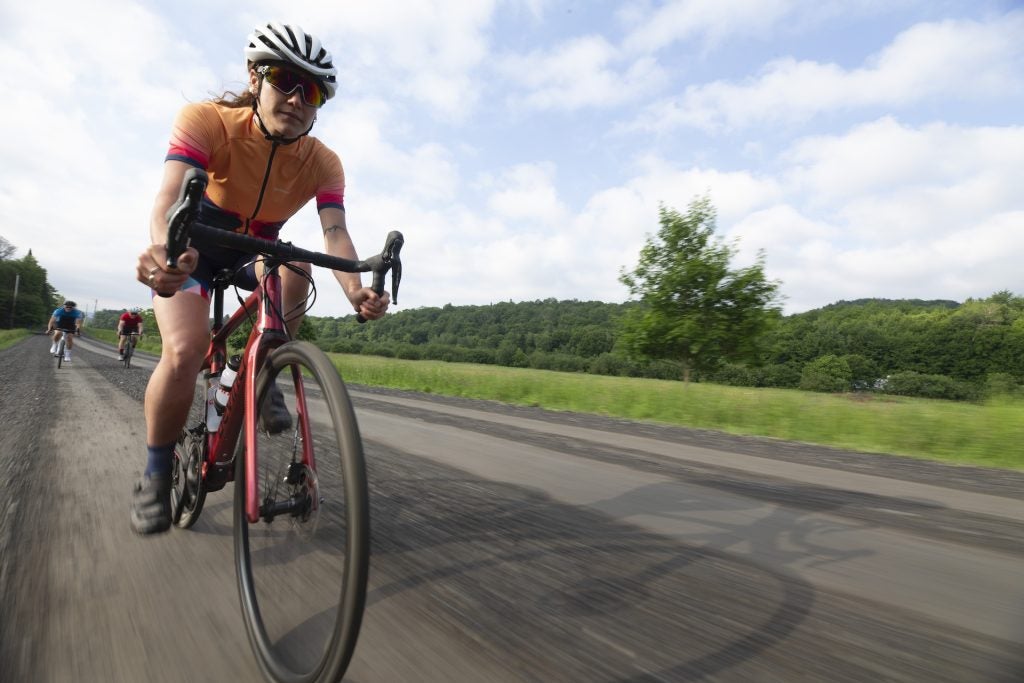
Gravel cycling is a unique way to explore the outdoors. It’s different from traditional road cycling and provides an opportunity to escape traffic and experience nature’s peace. Gravel roads lead through rural areas, forests, and other scenic areas that aren’t accessible by paved roads. Riding on gravel roads is meditative since they’re less busy and offer a break from everyday life’s hustle and bustle.
Gravel cycling is also an excellent workout. It requires different skills than road cycling since you must navigate uneven terrain, loose gravel, and obstacles. This improves your balance, coordination, and overall cycling ability.
Gravel Cycling Gear
As with mountain and road biking, gravel cycling requires specific gear, and it’s important to invest in high-quality equipment to ensure a safe and comfortable ride. The most important piece of equipment is a gravel bike. A gravel bike is a versatile bike that can handle a variety of terrain, including gravel roads. It typically has wider tires, a more relaxed geometry, and mounting points for racks and fenders.
In addition to a gravel bike, you’ll need appropriate clothing and accessories. Comfortable and breathable clothing is essential for gravel cycling, as you’ll likely be riding for extended periods of time. Padded cycling shorts and a jersey with pockets for carrying snacks and other essentials are a good idea. Accessories such as a helmet, gloves, sunglasses, and a hydration pack or water bottles are also essential.
When it comes to tires, gravel tires come in a variety of widths and tread patterns. A wider tire with more aggressive tread will provide better traction on loose gravel, but may also slow you down on smooth terrain. It’s important to choose tires that are appropriate for the terrain you’ll be riding on. Some riders prefer to use tubeless tires, which can provide additional puncture protection and the ability to run lower tire pressure for increased comfort and traction.
How to Prepare for Your First Gravel Ride
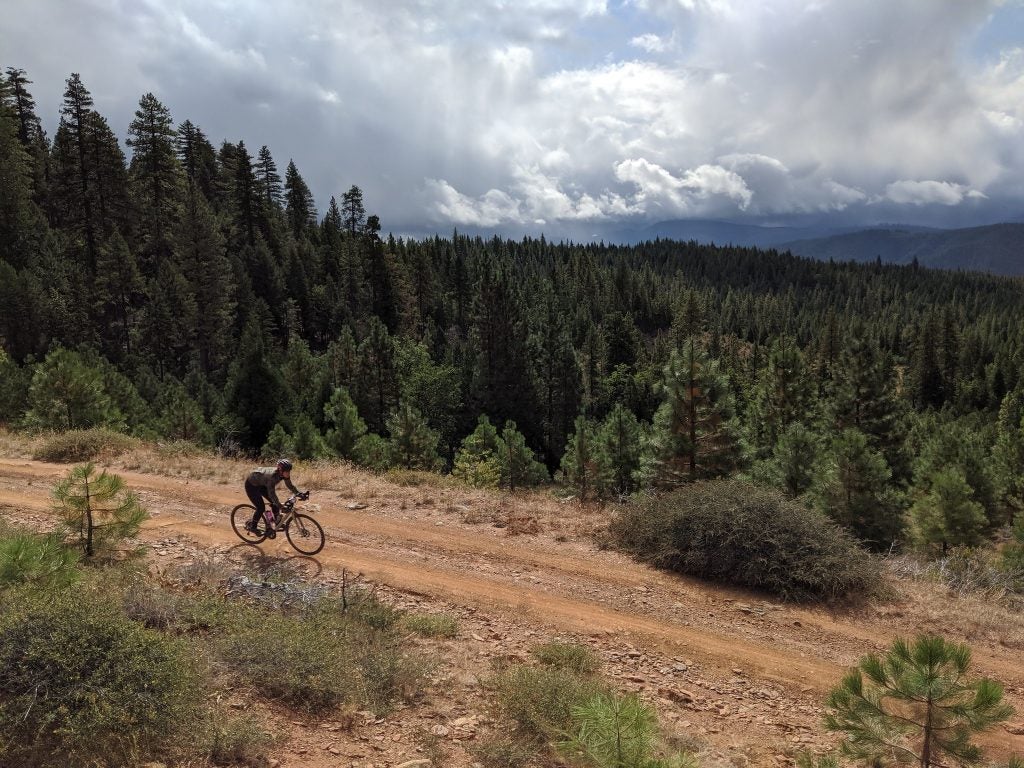
Before heading out on your first gravel ride, it’s important to prepare both mentally and physically. Gravel cycling can be more challenging than road cycling. When starting out, it’s best to start with shorter rides and gradually build up your endurance. It’s also important to check the weather before heading out, as gravel roads can be tricky to navigate in wet or muddy conditions.
Planning your route ahead of time is also crucial. Make sure you have a map or GPS device with you, and consider letting someone know where you’re going and when you expect to be back. Bring plenty of water and snacks to stay hydrated and fueled throughout your ride. It’s also a good idea to bring a basic repair kit with you in case of a flat tire or other mechanical issues.
Riding Techniques for Gravel Cycling
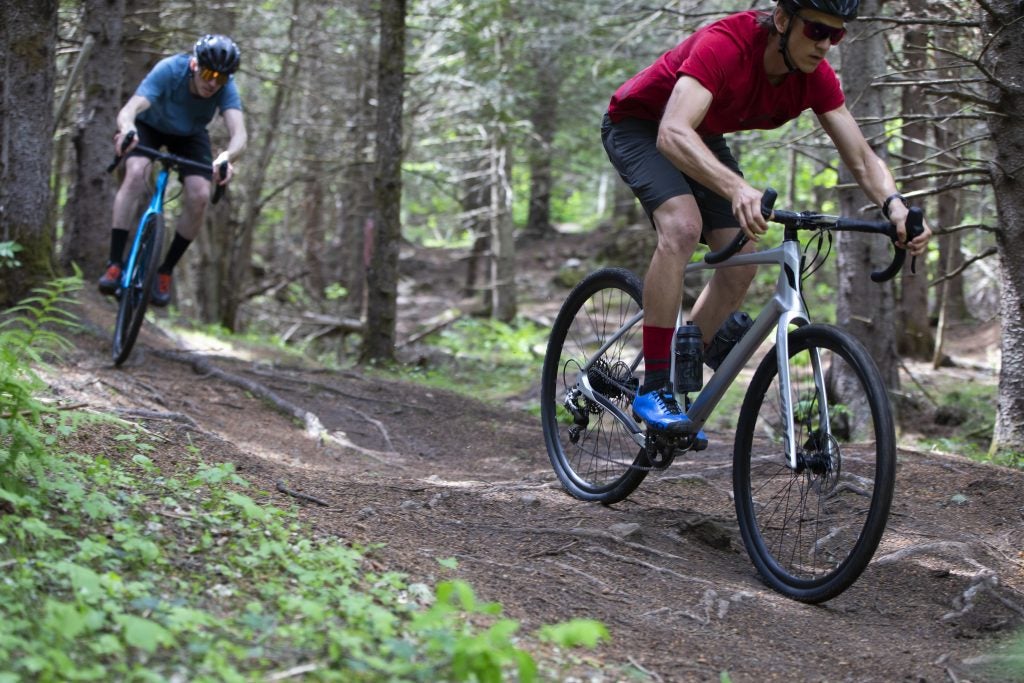
Riding on gravel roads requires a different technique than riding on paved roads. Here are some tips to help you stay safe and comfortable on your gravel rides:
Keep your weight centered: On loose gravel, your front wheel can easily slide out from under you. To prevent this, keep your weight distributed evenly between your front and rear wheels.
Maintain a steady pace: When you’re just getting started, avoid sudden movements or changes in direction. Try to maintain a steady pace and avoid sudden accelerations or decelerations. This will help you maintain traction and control on loose terrain.
Use your brakes carefully: Braking on gravel can be tricky, as loose gravel will move with your wheels. Learn to feather your brakes, rather than locking them up suddenly. Your bike will also require more distance to come to a complete stop on loose gravel than pavement.
Popular Gravel Races in the United States
Ready to test your fitness? Gravel racing has become increasingly popular in recent years, with events ranging from casual rides to intense races with professional riders. Gravel races typically consist of a mix of terrain, including hills, dirt roads, and rough surfaces. Here are some popular gravel races in the United States.
Unbound Gravel: This event began as a 200-mile race and now includes 25 and 50-mile beginner-friendly distances as well as a 350-mile ultra endurance range. Unbound takes place in the gravel heartland of Emporia, Kansas, and is one of the most well-known gravel races in the world. The race draws riders from all over the world and offers a challenging course with varied terrain and unpredictable weather conditions.
Visit the Unbound Gravel website.
Crusher in the Tushar: The Crusher in the Tushar is a 70-mile race that takes place in the Tushar Mountains in Utah. The race consists of both pavement and gravel sections and includes a steep climb up to over 10,000 feet of elevation.
Visit the Crusher in the Tushar website.
Belgian Waffle Ride: The Belgian Waffle Ride is a 140-mile race that takes place in San Diego, California, and is known for its challenging course. The race includes both pavement and gravel sections and features steep climbs and technical descents.
Visit the Belgian Waffle Ride website.
Rebecca’s Private Idaho: Rebecca’s Private Idaho is a multi-day event that takes place in Sun Valley, Idaho. The event includes both races and rides, with options ranging from a 20-mile ride to a 350-mile race. The course features stunning scenery and challenging terrain.
Visit the Rebecca’s Private Idaho website.
Barry-Roubaix: The Barry-Roubaix is a 62-mile race that takes place in Hastings, Michigan. The race features a mix of pavement and gravel sections and includes several challenging climbs.
Participating in a gravel race can be a fun and challenging experience, but it’s important to train appropriately and prepare for the unique demands of gravel cycling. Make sure to research the race beforehand and ensure that you have the appropriate gear and equipment. It’s also a good idea to train on similar terrain and distances leading up to the race.
Visit the Barry-Roubaix website.
Gravel Cycling Frequently Asked Questions
If you’re new to gravel cycling, you may have some questions about this unique form of cycling. Here are some common questions and answers to help you get started:
What kind of bike do I need for gravel cycling?
A gravel bike or adventure bike is the best option, as they have wider tires, more clearance, and a more relaxed geometry than a road bike. The wider tires provide better traction on loose gravel, and the more relaxed geometry provides a more comfortable riding position for longer rides. However, if you don’t have a gravel bike, a mountain bike or a hybrid bike with wider tires can also work well for gravel cycling. Just make sure the bike is in good condition and suitable for off-road riding.
What’s the best gravel bike for beginners?
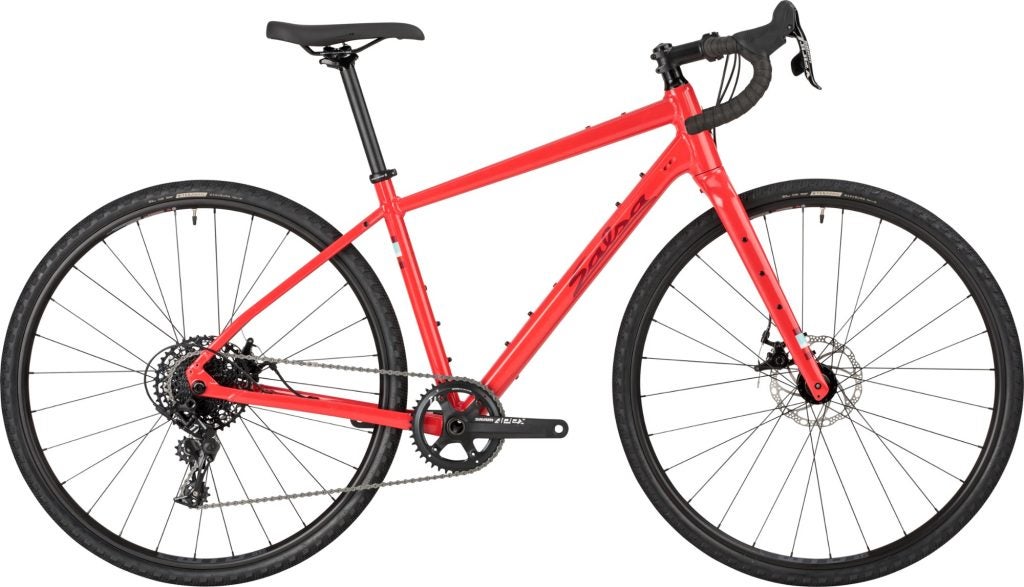
There are a lot of great gravel bikes on the market. If you’re new to the sport and buying all your gear at once, you’ll have to factor the cost of shoes, pedals, clothing, a helmet and other accessories into your budget. With these items in mind, we think Salsa’s Journeyer is the most budget and beginner-friendly gravel bike on the market. Salsa was a pioneer in the gravel cycling movement, launching the first purpose-built gravel race bike back in 2012. The Journeyer is features a lightweight aluminum frame and a reliable SRAM 1×11 APEX drivetrain.
What kind of tires do I need for gravel cycling?
For gravel cycling, you need tires that are designed to handle loose and uneven terrain. The tires should have a wider width than road bike tires, typically ranging from 35mm to 45mm or more. The wider tires provide better traction and stability on loose gravel and other rough terrain. You should also consider the tread pattern of the tires, as this can affect your grip on different types of terrain. Tires with a more aggressive tread pattern are better for loose gravel. Tires with a smoother tread pattern are better for hard-packed gravel or pavement.
Tubeless tires are also a popular option for gravel cycling, as they provide better puncture resistance and can be run at lower pressures for a smoother ride. However, if you choose to use tubeless tires, you will need to ensure that your bike is compatible with tubeless tires and that you have the necessary tools and knowledge to set them up properly.
The best tires for gravel cycling are those that balance traction, stability, and durability on a variety of surfaces. Consider your local terrain and riding conditions when selecting tires for your gravel bike.
Is gravel cycling safe?
Gravel cycling, like any outdoor activity, carries some level of risk. Most cyclists would agree that, when compared to road and mountain biking, the risks are lower. There are generally fewer vehicles on gravel roads. This lessens but does not eliminate, the risk of a wreck between cyclists and cars.
What kind of clothing should I wear for gravel cycling?
When it comes to clothing for gravel cycling, it’s important to prioritize comfort, durability, and protection. Here are some guidelines for what to wear when gravel cycling:
- Padded shorts or bibs: Gravel rides can be long and bumpy. Invest in a good pair of padded shorts or bibs to keep you comfortable and prevent chafing.
- Moisture-wicking shirt: Choose a shirt made of breathable, moisture-wicking fabric to keep you dry and comfortable during long rides.
- Cycling jersey: A cycling jersey can provide additional comfort and ventilation, as well as pockets for carrying snacks, phone, and other essentials.
- Windproof and waterproof jacket: Depending on the weather, a windproof/waterproof jacket can be essential for staying comfortable and protected from the elements.
- Gloves: Gloves can provide additional grip and cushioning on rough terrain, as well as protect your hands from the elements.
- Cycling shoes: Cycling shoes with stiff soles and good traction can help you pedal efficiently and navigate rough terrain.
- Eye protection: Sunglasses or clear lenses can protect your eyes from dust, dirt, and other debris on the trail.
- Helmet: A properly fitting helmet is essential for protecting your head in case of a fall or accident.
Overall, the key is to wear clothing that is comfortable, breathable, and protective. Layering is also important, as weather conditions can change quickly on a gravel ride.
